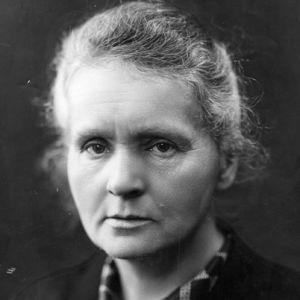
For more than 40 years in the aftermath of World War II, people in East Germany lived under a socialist, Soviet regime that was essentially a police state. Children were indoctrinated from a young age, while adults’ thoughts and opinions were controlled by the secret police.
But a new study out this month, published in the journal of the Institute of Labor Economics, claims that at least one good thing may have emerged out of the extensive Soviet occupation of East Germany: A deep and lasting legacy of gender equality, in schools and in the labor market.
Did girls benefit from the policies of socialist Germany?
Globally, girls have caught up to boys in terms of overall educational achievement in recent decades. But a gap persists between boys and girls in mathematics. That gap is extremely costly to women, because mathematics-related jobs are generally more prestigious and better-paid.
The paper’s authors, Quentin Lippmann and Claudia Senik, argue that much of the gap is “due to social norms and stereotypes, which can be undone by institutions.” As evidence, they point to the ways that the gender-equal policies of East Germany reshaped the public’s sense of social norms and gender roles, with a resulting shift in girls’ performance in math—long after the end of the Soviet era. For example, the study shows that the average global gender gap in PISA math scores in 2003 was 31 points. In the area that was formerly East Germany, however, the gap was 27 points.
According to the authors, the German Democratic Republic was geared toward rapid industrialization and maximizing workers’ output. Therefore its economic policies were organized around “the realization of legal equality between men and women,” the “promotion of women’s work,” and “special protection of mothers and children”—in other words, family-friendly policies like free childcare, flexible work hours, and generous maternal leave. Meanwhile, the authors write, West Germany “strengthened the traditional male-breadwinner model.” And so two completely parallel systems of education and work existed for East and West German women.
East and West Germany didn’t differ only in the active inclusion of women in the workplace; they also differed in their visions of women’s role in society. In West Germany, the study says, “the female stereotype was a perfect and modern housewife and mother, inspired by the American standard of the 1950s.” In East Germany, however, the ideal woman was “professionally active and ’emancipated’ … working as journalists, professors, brigadiers or factory workers, participating in the construction of socialism.”
Equal access to the labor market changed East Germans’ expectations of proper roles for men and women, which trickled down to women’s educational choices, including which fields to study. Some other factors, including “differences in the school systems of East versus West Germany,” might also have played a role, the authors acknowledge. But overall, the combination of gender-equal policies in schools and the labor market, as well as less traditional, more forward-thinking gender norms, made a lasting impact on the achievements of girls in the traditionally male-dominated field of mathematics.
The impact of Soviet-era policies on today’s women
That impact is still present 30 years after the reunification of East and West Germany. Using data from PISA, the International Mathematical Olympiads, and International Chess competitions, the authors showed that the gender gap in mathematics is smaller today in the area that was formerly East Germany, along with other former Soviet countries. For example, 81% of the women who are top-level players in chess come from ex-Soviet countries, and former Soviet-bloc nations are also more likely to send girls to the international math competition.The researchers also find that girls in what was formerly East German are generally less anxious about math than their counterparts.
East Germany’s socialist policies appear to have had a lasting effect on women’s participation in the labor market. In 1990, women’s labor market participation rate in East Germany was about 89% (compared to 92% for men). In West Germany in 1990, by contrast, only 56% of women were in the labor force, compared to 83% of men. The pattern stuck: Two decades later, in 2000, the labor force participation in what was East Germany was around 80% for both genders, whereas in West Germany, 65% of women participated in the labor force, compared to 81% of men. MORE
